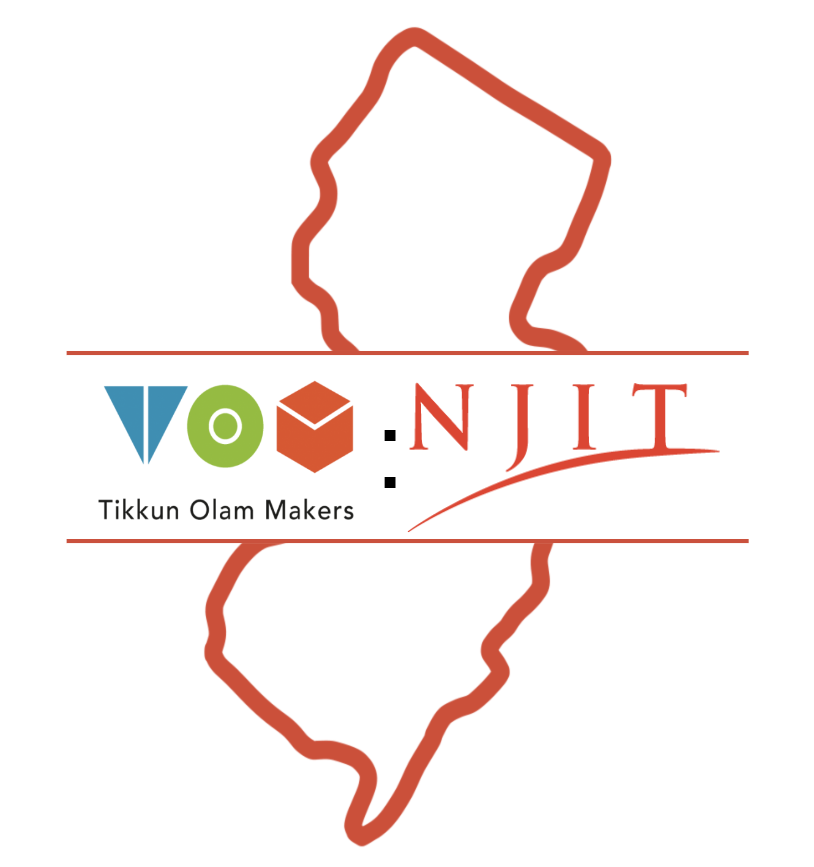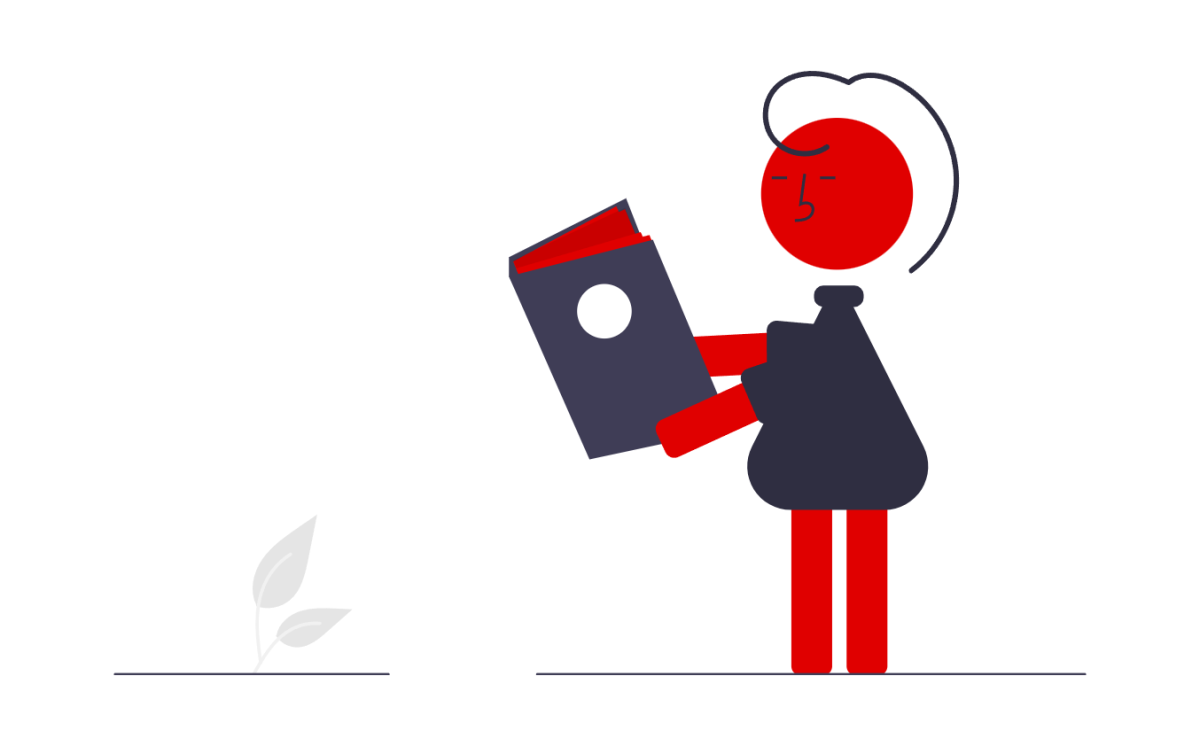The Graduate Students Association held a Three-Minute Research Presentation event on March 31 for graduate students to present their research in three minutes with the aid of only a single static slide. 20 participants gathered in the Campus Center Ballroom A in front of a panel of judges composed of faculty and research staff.
“The goal of the event was to showcase the different research projects undertaken by NJIT’s graduate students,” said Andrew House, graduate student in the chemical and materials engineering department and president of the association. “The competition reflects each contestant’s ability to explain their research within three minutes.”
The top three overall presenters received travel awards and all the participants received certificates and merchandise of the association.
Shomik Mukhopadhyay placed first in the competition and is a graduate student in the department of chemical and materials engineering. He presented about the interaction of inert powders with plasma and shockwaves generated from an electrostatic discharge.
“With recent global events, the possibility of a nuclear blast is very prevalent,” he explained. “Using a laboratory apparatus, we are simulating the environment generated in a nuclear explosion and studying how soil particles are lifted due to the blast. Data generated from this work will be useful for developing models to predict radioactive fallout.”
In second place was Bruno Bezerra de Souza, a graduate student in the civil engineering and environmental departments. His presentation covered a molecular dynamics simulation study on the thermal degradation of per-and polyfluoroalkyl substances, a group of chemicals used to make fluoropolymer coatings and products that resist heat, oil, stains, grease and water according to the Centers for Disease Control and Prevention’s website.
“[These substances] have caused a strong public and regulatory response due to their ubiquitous presence in the environment and toxicity to humans,” he said. “The simulations can be used as a virtual experiment, which acts as the interface between laboratory experiments and theoretical predictions to provide more precious explanations for the substances’ destruction.”
Aida López Ruiz came in third place; she is a graduate student in the chemical engineering and materials department. She presented about the use of platinum nanoparticles as a possible substitute for chemotherapy in triple negative breast cancer – a breast cancer that is especially aggressive and has no targeted therapies available.
She mentioned that working with cells is never easy considering their delicacy. She learned that “it is common to have a lot of variation between experiments; therefore, taking note of all the things you do in the lab is a key factor to understanding your data.”
The event also had two honorable mentions, one of which was the most effective oral presentation. Catarina Baptista Pereira, graduate student in the department of civil and environmental engineering, presented about the effects of fluids into rock matrices.
“I have been studying since last fall the use of ultrasound to map the micro and nano porosities of porous rocks, a project awarded by the National Science Foundation,” she said. “Hydraulic fracturing has been used to enhance the recovery of (un)conventional oils for the past years.”
Elif Irem Senyurt won the other honorable mention for best visuals. The graduate student in the department of chemical and materials engineering presented about chemical weapon agents and what happens when those dangerous liquid agents meet soil in case of an accident or military attack.
“There will always be challenges with the experimental setup. In our case, product analysis was creating some issues. The sarin surrogate was further decomposing in the line that goes to the analysis unit, and it took some time to realize that,” she said.
For some presenters, this was the second time they had showcased their work for others, with the first being in NJIT’s Research Day last fall; the challenge now was to fit their findings into three minutes. “The presentations were engaging, and the research was cutting edge,” House mentioned. “Our mission is to eventually have enough support to compete at a national or international level.”




























